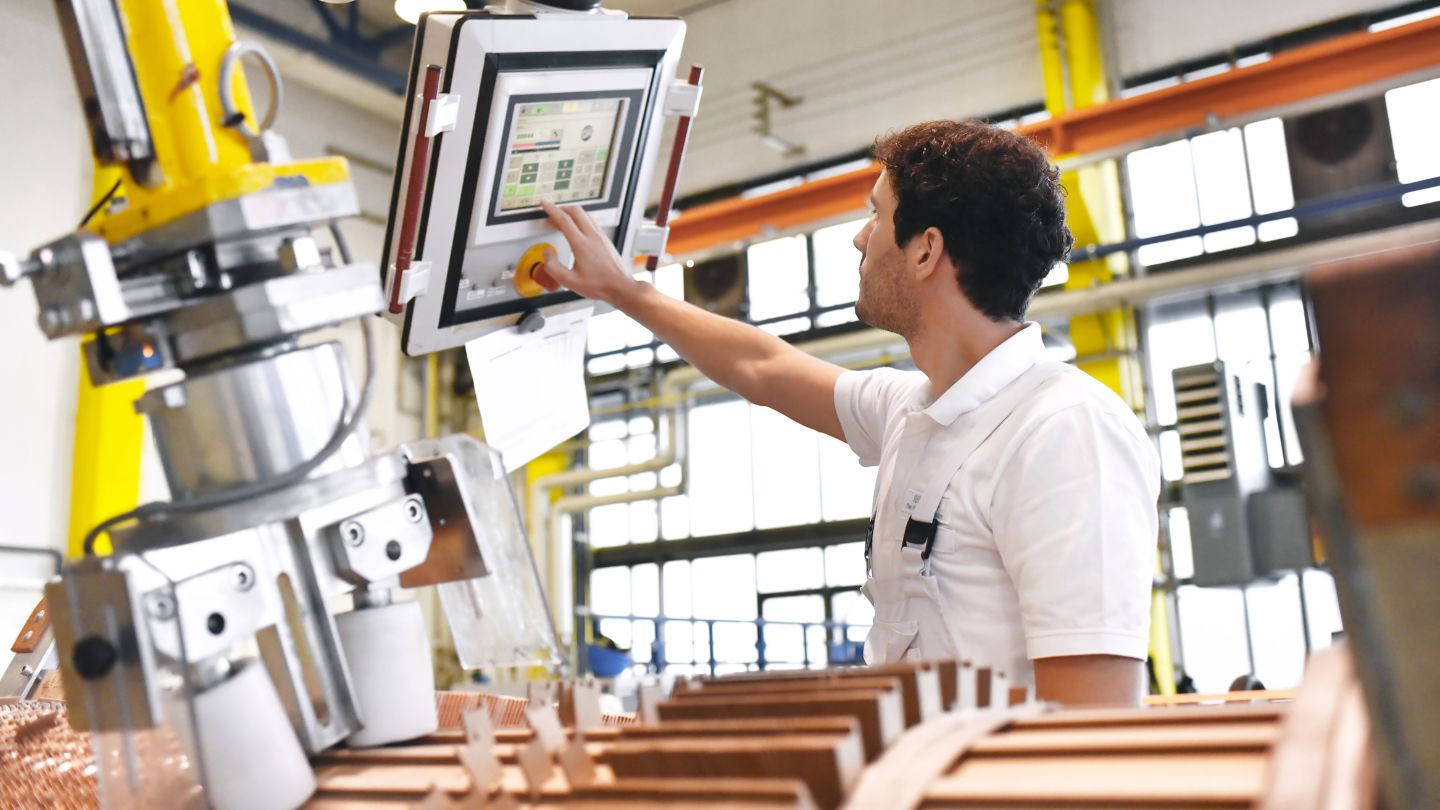As manufacturers modernize operations and look for ways to squeeze out additional efficiencies, Internet of Things (IoT) solutions are becoming foundational components. It’s not an exaggeration to say IoT solutions are transforming the manufacturing industry, driving new levels of efficiency and innovation.
By the end of 2024, some estimates show more than 207 billion devices will be connected using IoT. While some home and consumer goods are leveraging IoT technology, some of the biggest benefits come from manufacturing, industry, and energy sectors — improving performance and reducing operational costs.
The Benefits of IoT Devices in Manufacturing
By monitoring and connecting equipment, IoT solutions on the shop floor provide real-time tracking to improve operations and produce the data to make smarter decisions. Key benefits include:
- Real-time monitoring using IoT sensors to track performance, throughput, and environmental conditions
- Predictive maintenance to analyze usage patterns and identify when maintenance is needed to prevent unnecessary downtime
- Alarming to provide real-time alerts when performance lags or intervention is required
- Detection of defects or manufacturing deviations to improve quality assurance
- Remote monitoring and control of operations
- Tracking inventory, shipments, and material flow in real-time
These are just some of the top-line examples of how IoT improves operational efficiency and overall equipment effectiveness (OEE). One survey showed that companies leveraging IoT strategies showed a 49% increase in efficiency after implementation.
In manufacturing, however, IoT is about more than just monitoring machines. Manufacturers are using IoT to improve inventory management and supply chains. IoT is being deployed for varied uses, such as:
- Asset tracking
- Facility management
- Safety monitoring
- Management of energy consumption
Some manufacturers are employing IoT solutions for advanced levels of manufacturing innovation, such as creating digital twins. A digital replica of physical processes or products is created using sensor data, which can then be subjected to simulations to understand the impact of changes.
Then, there is automation. Sensors and actuators can collect data and trigger automatic adjustments to improve operations and avoid shutdowns IoT-enabled robots are already being deployed to perform tasks like assembly, welding, or material handling without requiring human intervention.
Industrial control systems (ICS) and machine-to-machine (M2M) communication are creating more efficient workplaces. Consider how sensors on one machine can detect low material levels, automatically triggering another machine for replenishment.
Use Cases for IoT in Manufacturing
By 2030, estimates are that IoT products and services will create between $5.5 and $12.6 trillion in value, and the benefits are more than just theoretical.
A major telco built a factory from the ground up. Its greenfield manufacturing facility leveraged IoT, industrial controls, and 5G capabilities. McKinsey reports that this approach resulted in a more than 120% improvement in efficiency compared to their prior production setup. After adopting a digital twin in the Unilever production facilities in Brazil, the company reported a $2.8 million annual savings from reduced energy consumption.
Siemens combined IoT sensors with AI and closed-loop analytics in milling. The company claims plant operators get a 12—36 hour advance warning on potential system failures. IoT played a key role in Schneider Electric’s Lexington, KY smart factory — producing a 26% reduction in energy costs and up to 50% reduction in maintenance costs.
While you may not see such dramatic gains, IoT integration often produces significant improvements.
Looking Ahead in IoT
As we look to the future, IoT will play an increasing role in manufacturing. The rollout of 5G networks is already producing faster and more reliable connections, enabling industrial controls even across wide campuses or distributed factories.
We’re also seeing an increase in AI-enabled IoT devices that allow processing and analysis at the device level rather than requiring data to be collected and analyzed separately. This reduces latency and enables faster response to changing conditions on the shop floor. Infusing AI and machine learning into IoT enables advanced data analytics. Leveraging sensors, actuators, video, and other IoT devices, algorithms can optimize performance to extract even greater efficiencies.
IoT data is also being implemented with augmented reality (AR) technology to guide workers in complex tasks and enhance employee training.
Driving Efficiency and Innovation
The Internet of Things is transforming the manufacturing industry, driving efficiency and innovation. Manufacturers that are embracing IoT are seeing real-world results.
Looking to introduce the IoT into your organization? We can help. Learn more about our partnership with Idencia to build and deliver an IoT platform here.






